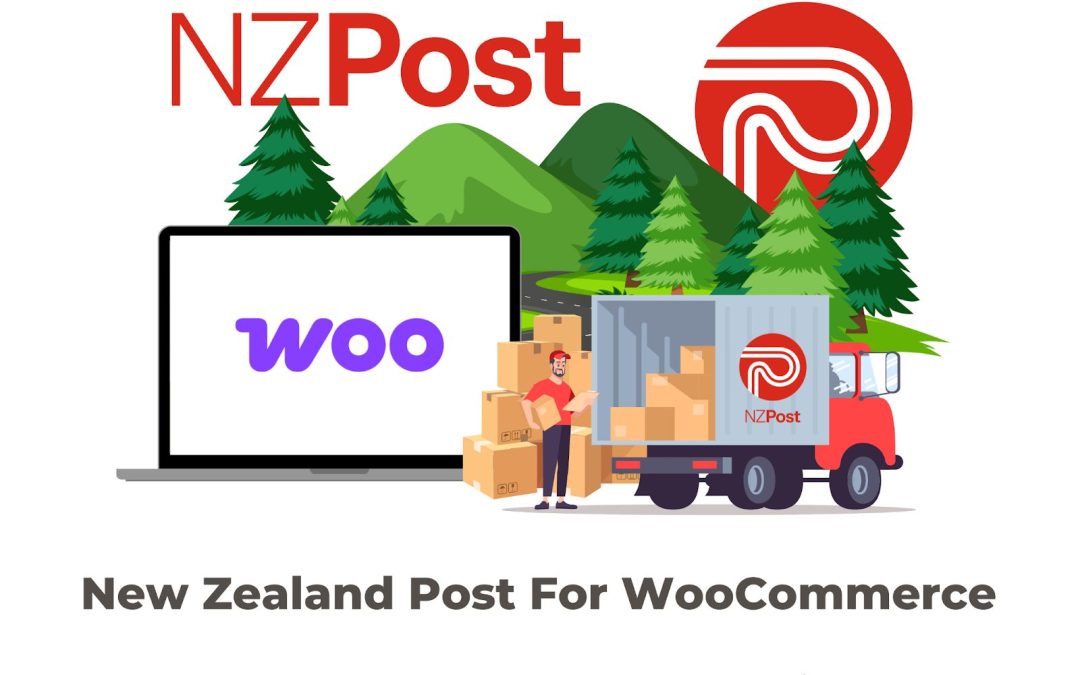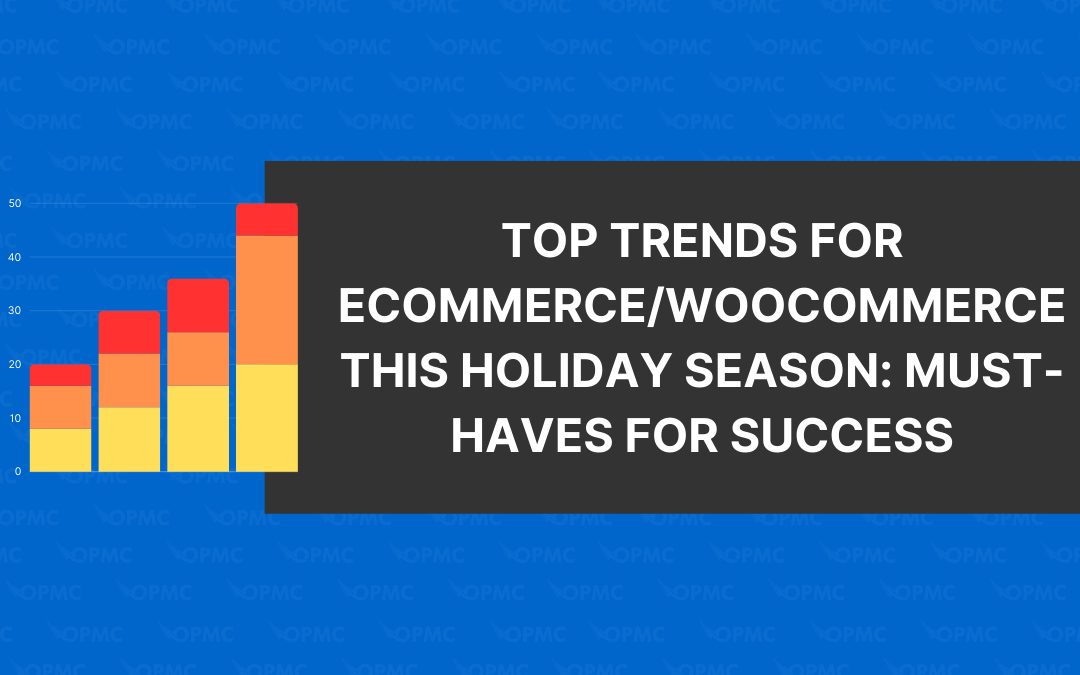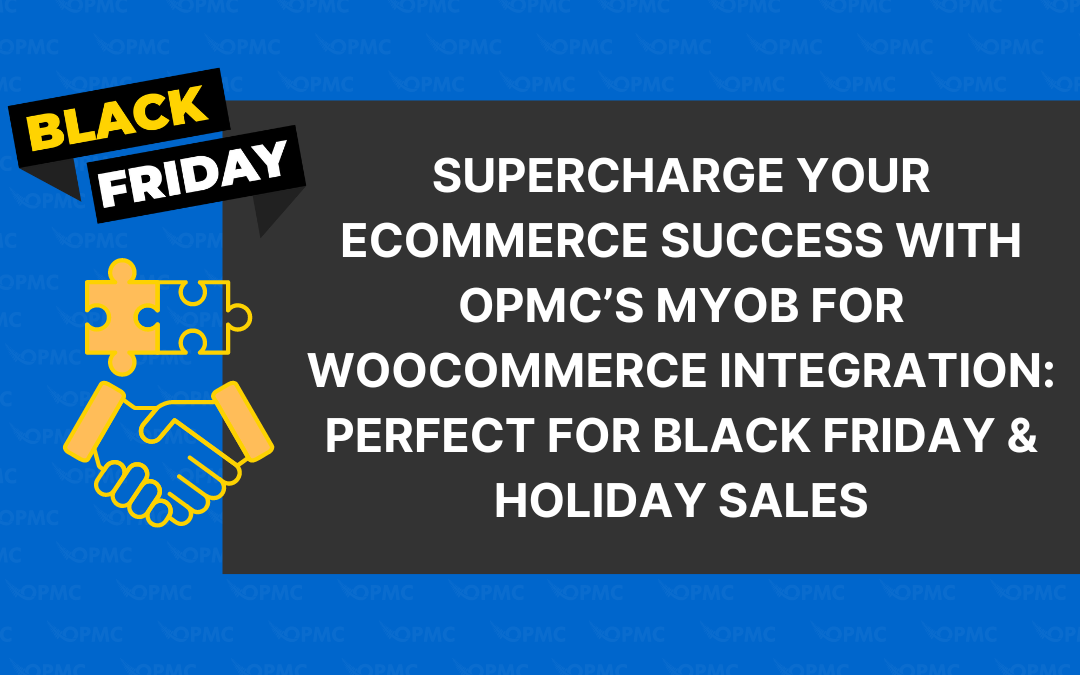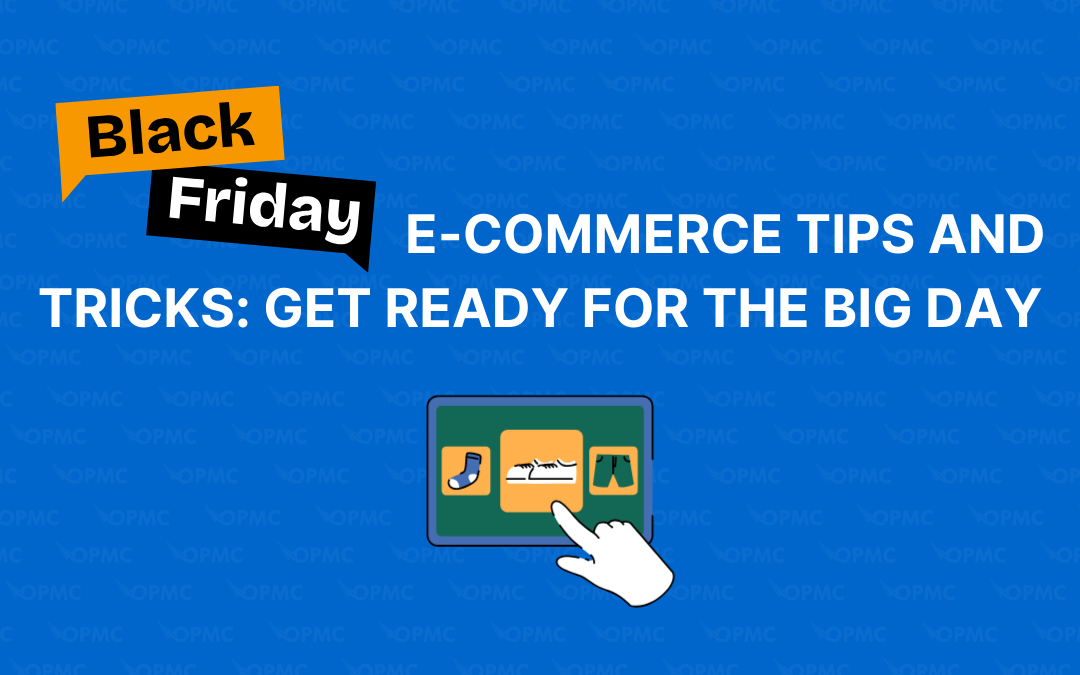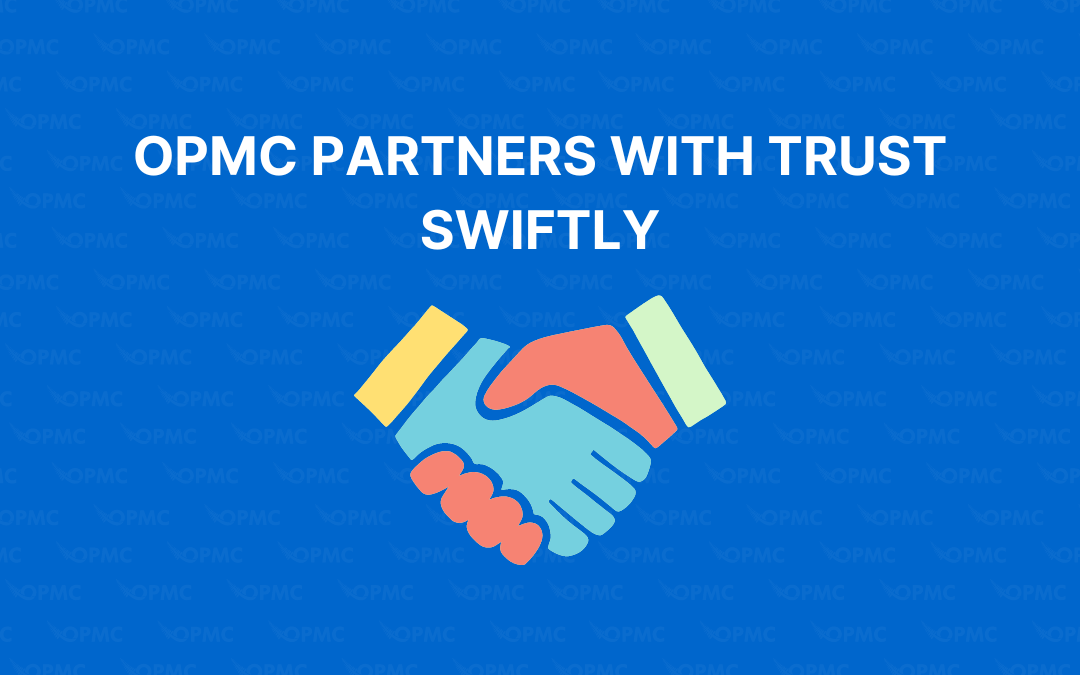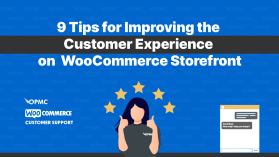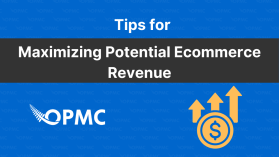Organic traffic is the lifeblood of any ecommerce business. It means that your products are being discovered by a potential customer without having to pay for advertising. That’s why it’s so important to get as much organic traffic as possible, and this article will give you some tips on how to do just that.
Think of your website as a giant billboard with all the world traffic driving by. You want to stand out and be recognizable with the key elements your customers look for on their daily commute. The more optimized your ecommerce website, the better your organic traffic!
What is Organic Ecommerce Traffic?
Organic ecommerce traffic is the potential customers that come to your website through search engines. Search engines are constantly changing their algorithms, which means your SEO (search engine optimization) strategy needs to be constantly evolving.
Therefore, it is essential to have a good SEO strategy because it can help you attract new customers and increase sales.
You want a good portion of your traffic to be organic. Otherwise, you’ll have to rely on expansive ad runs through Google and social media. That can cripple your business if you do not have a quality ROI (return on investment).
What are the Benefits?
Organic traffic is a great way to boost your sales. It’s not just about getting more visitors, but also about the quality of those visitors and what they are likely to do on your website. Organic search is an inexpensive way to reach new customers and helps boost brand awareness as well.
There are many benefits of organic search traffic like:
- Cost-effective – You don’t need to pay for advertising or invest in a PPC budget. Organic traffic is free, so you can spend your money on improving the quality of your products instead of boosting their visibility online.
- Gives You Greater Stability – When building your business, focusing on short-term strategies is tempting. You want to see results as quickly as possible and get back to work. But organic traffic is a long-term strategy that will give you more excellent stability over time.
- Indicates You’re Doing Something Right – If you’re getting organic traffic, it’s a good indicator that your site is doing something right. It means you have built a landing page and online presence that is “evergreen” or creating its own buzz.
- Captured Leads are Hot – The people landing on your website are there because they searched for your terms and are attracted by what you have to offer. They are already primed to complete a sale. You just need to convert them.
Tips to Generate Organic Ecommerce Traffic
1 – Optimize On-Page SEO
SEO is a critical factor in getting organic traffic to your site. The first thing you should do when optimizing your site for search engines is to add keywords to the title, meta description, and content of each page on your site.
- Title:Include at least one keyword that describes what visitors will find when they click through from Google to your ecommerce store.
- Meta Description:This is another place where you should include a couple of relevant keywords that describe what visitors will find if they click through from Google.
- Content: You want as many people as possible reading what’s written on each page of your website, so make sure every word counts by using relevant keywords throughout each post/page/blog post, etc.
- Headers – We cannot emphasize this enough – be sure to add keywords to your various headings!
2 – Network with Other Blogs in Your Niche
Yes, it would help if you had a blog. The best way to build an organic traffic source is by networking with other bloggers in your niche who have a similar audience size, but, more importantly, similar goals and interests.
How do you find these people? It’s easy! Search for your terms and contact the blog owners of relevant keywords. They will likely want to “guest post” on your blog to build their own traffic.
3 – Utilize Social Media Accounts
While you can use social media to drive traffic to your website and boost sales, it’s essential to understand that social media is just one part of a larger strategy. You should also use other channels like press releases and email marketing campaigns to reach different audiences.
However, quality social media content is gold. Most users in today’s fast-paced consumer marketplace have 2-5 social media accounts they scroll through whenever bored. Develop a good content strategy for at least 2, and you’ll see returns quickly.
4 – Don’t Forget to Leverage Analytics
Analytics are an important part of any organic ecommerce traffic strategy. They can show you what’s working and what isn’t, helping you make better decisions about your organic traffic strategy.
You’ll want to do what’s called “A/B Testing.” This is running two pictures on your landing page and seeing which brings in more traffic. Or changing up your product descriptions for a week to see if any changes resulted in higher traffic. Study your analytics to build organic traffic!
5 – Expand Your Product Pages
You can boost your organic traffic by expanding the product page. This is a great way to get more information about your products in front of potential customers, and it will help them make a decision faster.
Be sure to include a short product video describing the features and how to use what you are selling and add customer reviews/testimonials whenever possible. You should have around 300-500 words of content on each product page, so Google will see you as adding valuable context to the internet.
6 – Share High-Quality Images/Videos
When it comes to organic traffic, high-quality images and videos are essential. Your customers want to see what they’re buying before they buy it.
This can be hard when you’re selling products that don’t have a lot of physical attributes (such as clothing), but if you’re able to take some great photos of your product in use or with different outfits on different people, then this will help boost sales by giving potential buyers an idea of what the item looks like in real life.
You should also make sure that any images or videos you share are relevant to the product being sold. Don’t just post pictures of random things because they look cool. If someone searches for “blue jeans,” then show them blue jeans!
You might also consider using relevant keywords in descriptions, so Google knows what content is being shared across social media platforms such as Facebook, Instagram, Twitter, TikTok, etc.
7 – Leverage User Generated Content
A great way to increase organic traffic is by leveraging user-generated content. User-generated content is a type of content that your customers create and share with their friends, family, and followers.
User-generated content can be anything from photos to videos to reviews. Post this UGC anywhere you can and watch your organic traffic and consumer trust explode.
Optimize Your Site with WooCommerce Automation Plugins
As you develop a solid strategy for improving your organic traffic, be sure to automate as much of your ecommerce store as possible. At OPMC, we build incredible and reliable WooCommerce plugins that boost everything from inventory management to customer support so you can spend more time focused on building relationships and less time with the day-to-day task management of your online store.
Visit our plugin shop today and experience the power of ecommerce automation. If you’re unsure where to begin, we suggest our Customer Support for WooCommerce plugin so you can integrate a 24/7 chat with your online business.
Conclusion
With these tips, you should be able to boost your organic ecommerce traffic. As you can see from the examples above, there are many different ways that you can do this. The key is finding what works best for your business and implementing those strategies into your daily routine.
No matter what, stick with it. You may have to be patient, but every day is a chance to boost your traffic as well as your revenue streams.
Visit our store today!
Get a powerful boost to your security, customer support, inventory management, and more…

